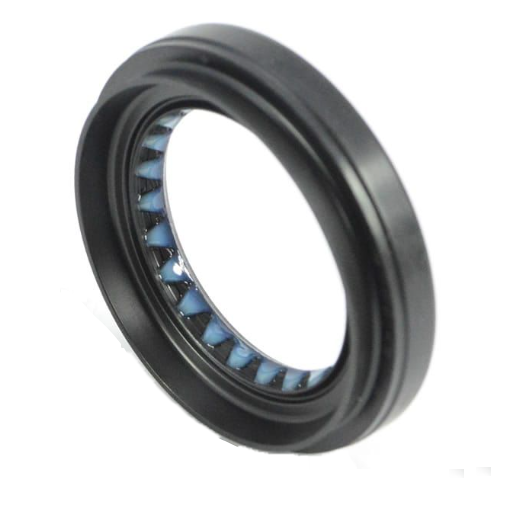rear main seal on transmission
Understanding the Rear Main Seal on Transmission A Comprehensive Overview
The rear main seal is a critical component in the engine transmission system, playing an essential role in ensuring that the engine operates smoothly and efficiently. Located at the back of the engine, where it meets the transmission, this seal prevents engine oil from leaking out and protects the surrounding components from potential damage.
Function and Importance
The primary function of the rear main seal is to seal the gap between the crankshaft and the engine block. As the crankshaft rotates, it generates a significant amount of pressure, which can lead to oil leaks if not properly contained. The rear main seal functions as a barrier, retaining the oil within the engine and preventing it from leaking into the transmission. This is crucial because engine oil lubricates various components, ensuring they operate smoothly without excessive wear.
Moreover, leaks from the rear main seal can lead to severe issues. Loss of engine oil can cause inadequate lubrication, resulting in engine overheating and potential failure. Additionally, oil leaking into the transmission can contaminate the transmission fluid, compromising its effectiveness and leading to costly repairs.
Signs of a Failing Rear Main Seal
Recognizing the signs of a failing rear main seal is vital for maintaining your vehicle’s performance. Some common symptoms include
rear main seal on transmission

1. Oil Leaks One of the most obvious indicators is the presence of oil pooling beneath the vehicle. If you notice dark brown or black oil spots where you park, it might be a sign that the rear main seal is compromised.
2. Oil Pressure Issues Fluctuations in oil pressure may also signal a problem with the rear main seal. A drop in oil pressure can lead to inadequate lubrication, posing a risk to engine components.
3. Smells of Burning Oil If you notice a burning oil smell while driving, this could indicate that engine oil is leaking onto hot engine parts, often caused by a failing rear main seal.
4. Engine Performance Decline A reduction in overall engine performance, including decreased power and efficiency, may also point to issues with the rear main seal.
Repair and Maintenance
If a failing rear main seal is suspected, it’s essential to address the issue promptly. The repair process typically involves removing the transmission to access the rear main seal, which can be a labor-intensive and costly procedure. Therefore, regular maintenance, including oil changes and inspections, can help detect early signs of wear and prevent complete failure.
In conclusion, the rear main seal plays a vital role in maintaining the integrity of your vehicle's engine and transmission. Regular monitoring and prompt repair of any issues can prevent significant damage and costly repairs, ensuring your vehicle continues to run smoothly and efficiently. Always consult a professional mechanic if you suspect any problems with your vehicle’s rear main seal, as proactive measures can save you time and money in the long run.
-
Understanding the Front Main Engine Seal: Purpose, Maintenance, and Installation
News Jul.29,2025
-
Understanding O-Rings and Seal Rings: Types, Applications, and Custom Solutions
News Jul.29,2025
-
Understanding Crankshaft Oil Seals: Rear Seals, Pulley Seals, and Their Role in Engine Integrity
News Jul.29,2025
-
The Importance of Front and Rear Crankshaft Seals in Engine Performance and Oil Management
News Jul.29,2025
-
Crank Oil Seals: Functions, Types, and Cost Considerations in Engine Maintenance
News Jul.29,2025
-
A Comprehensive Guide to O-Rings and Seals: Types, Materials, and Global Applications
News Jul.29,2025
-
Mastering Diesel and Performance Engine Maintenance: A Guide to Critical Oil Gaskets
News Jul.28,2025
Products categories















